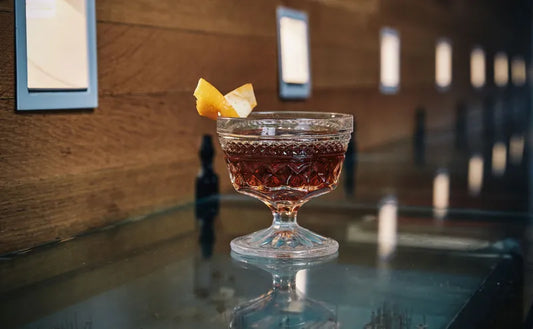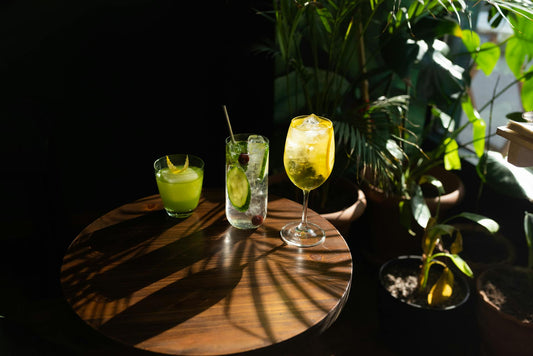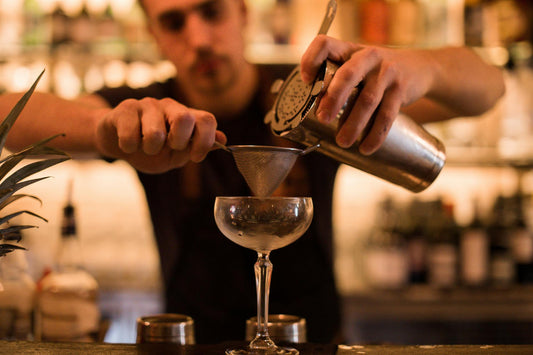Mindful in Manhattan: A Sophisticated Non-Alcoholic Cocktail
SWEET to SOUR
(1-10)
STRENGTH
(1-10)
CALORIES
STANDARD
DRINKS
Note: these values are approximate and may vary dependent on the ingredients and brands you use.
More information...
The Mindful in Manhattan is a contemporary twist on the classic Manhattan cocktail, designed for those who wish to enjoy the sophisticated flavors of a traditional drink without the alcohol. This innovative cocktail is perfect for anyone looking to indulge in a rich, complex beverage while maintaining a mindful approach to their drinking habits. With the rise of non-alcoholic spirits and the increasing popularity of mindful drinking, the Mindful in Manhattan stands out as a delightful option that does not compromise on taste or experience.
At the heart of the Mindful in Manhattan is a non-alcoholic bourbon alternative, which serves as the base of the drink. This ingredient captures the essence of bourbon's warm, oaky flavors, providing a familiar foundation for the cocktail. Complementing this are 45 ml of Lucano Amaro Zero°, a non-alcoholic amaro that brings herbal complexity and a hint of bitterness, reminiscent of traditional Italian digestifs. The addition of 7.5 ml of maple syrup introduces a subtle sweetness that balances the drink, while a dash of Angostura Aromatic Bitters adds depth and aromatic notes, enhancing the overall flavor profile.
The preparation of the Mindful in Manhattan is a ritual in itself, reflecting the care and attention that goes into crafting a quality cocktail. To begin, one must select and pre-chill a Coupe glass, ensuring that the drink is served at the optimal temperature. The garnish is an essential part of the experience; an orange zest twist is expressed over the drink to release its essential oils, adding a fragrant citrus aroma that elevates the cocktail. The twist is then discarded, and the drink is adorned with a skewered Luxardo Maraschino Cherry, adding a touch of elegance and a hint of sweetness.
The method of preparation is straightforward yet requires a bit of finesse. All ingredients are stirred with ice to chill and dilute the mixture slightly, then fine strained into the chilled glass, resulting in a smooth and refined drink. The final product is a visually appealing cocktail that invites the drinker to savor each sip.
With an alcohol content of just 0.11% alc./vol., the Mindful in Manhattan is a perfect choice for those who want to enjoy the social aspects of drinking without the effects of alcohol. It contains approximately 150 calories, making it a relatively light option compared to many traditional cocktails. This drink is not only a testament to the creativity of modern mixology but also a reflection of changing attitudes towards alcohol consumption.
The Mindful in Manhattan is more than just a drink; it embodies a lifestyle choice that prioritizes health and well-being while still allowing for indulgence. It invites drinkers to engage with their beverages in a more conscious way, appreciating the flavors and craftsmanship that go into each sip. Whether enjoyed at a social gathering or as a personal treat, the Mindful in Manhattan is a celebration of flavor, creativity, and mindfulness in the world of cocktails.



